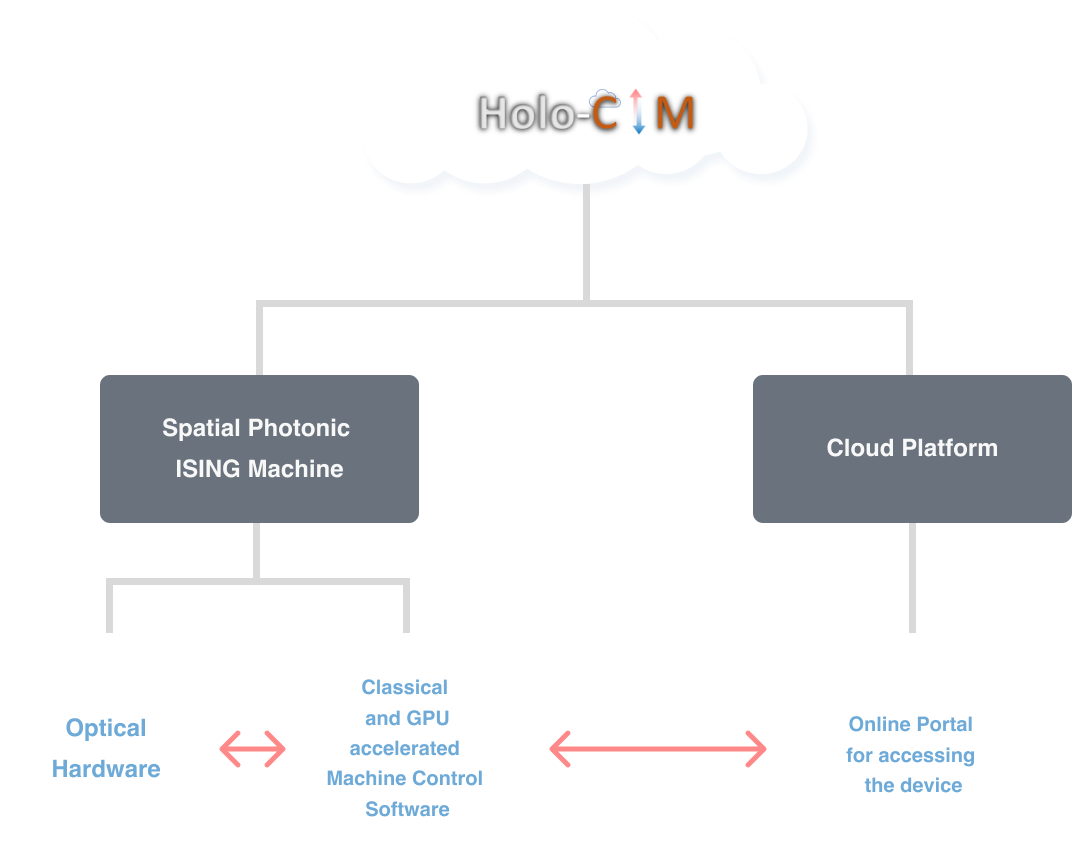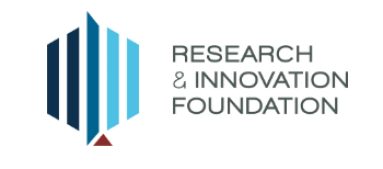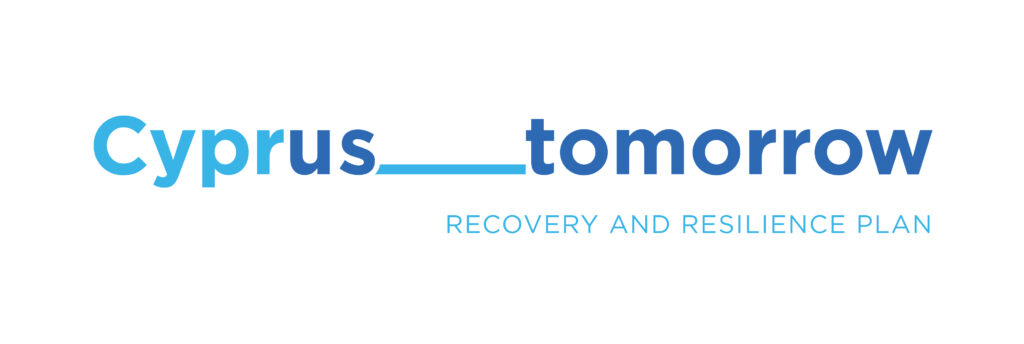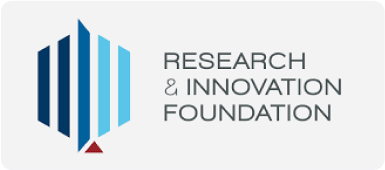HoloCIM (Holographic Cloud Ising Machine) is funded under the CO-DEVELOP programme–that is part of the Research and Innovation Foundation‘s RESTART Programmes for Research, Technological Development and Innovation of the Republic of Cyprus. The 24-month HoloCIM project, spanning the period February 2023 –January 2025, proposes a holography based photonic Ising Machine that utilizes and enhances newly established holographic and nonlinear photonics principles for the efficient solution of combinatorial optimization problems(COPs). The latter cannot be efficiently solved with modern digital computer architectures. HoloCIM aims to create an online user interface to be scientifically and commercially used from interested parties such as research institutions, academia, and industry.
The vast majority of real-life optimization problems with large number of degrees of freedom are currently intractable by classical computers,
since their complexity grows exponentially fast with the number of variables.
Many of these problems can be mapped to classical and quantum spin models, so that the former are reduced to finding the global minimum of the Hamiltonian of the model. The Ising model effectively maps a subset of combinatorial optimization problems that correspond to a fictitious Hamiltonian of binary interacting spin particles. While classically difficult to find exact solutions the Ising description can be robustly emulated by dedicated systems/machines,
named Ising Machines. Recently, optical Ising machines have been experimentally demonstrated in various photonic platforms, offering a novel
pathway towards efficient solutions of important NP-hard problems.
However, the proposed photonic systems are either tricky to scale or involve a limited number of spins. In contrast, spatial photonic Ising machines are a different class of Ising devices based on holographic principles, featuring high connectivity and scalability. The individual spins are represented as a binary phase (0, pi) of the pixels of the holographic device. The HoloCIM proposal aims to strengthen the capabilities of a prototype Ising configuration in a two-fold approach. The first approach, related to the hardware, aims to enhance the system’s performance by more than two orders of magnitude using an alternative technology for spin encoding, while the second one is geared towards a cloud platform implementation to allow third parties to access and use our Ising machine in order to design, check and implement solutions of large-scale combinatorial optimization problems
Related WPs WP3, WP4 / Related Tasks: T3.1, T3.2, T4.1, T4.2
In solid state physics the mean field Ising spin model is one of the most well studied NP-hard textbook examples and as such a number of implementations have already been demonstrated with a number of different algorithms and architectures. In this model, the spins are all to all coupled and have the same positive interaction strength ξi=ξ0 , which effectively means that the range of the interaction is infinite and thus doesn’t depend on the distance between the nodes of the system. We aim to be able to demonstrate a successful implementation of the model on our device with several nodes greater than 40000 and crosscheck for repeatability as well as system convergence irrespective of the initial randomized state of the spin matrix.
Related WPs: WP4 / Related Tasks: T4.2
Experimental noise acts as a detrimental factor in many optoelectronic devices. However, in recurrent algorithms and artificial neural networks for Ising problems, noise has been scientifically shown to be able to promote and in special cases even speed up the iteration procedure to the ground state and can thus be seen as a free parameter if it can be adequately controlled and tuned. The effect has been recently observed in a platform with few photonic spins and various competing interactions. Noise-tolerant settings are especially important when scaling the device to solve systems with many units by providing a mechanism to escape from local minima and thus enhance the minimization of the Hamiltonian to its global minimum. Nevertheless, the impact of noise in large-scale photonic Ising machines remains largely unexplored while the precise impact of noise depends on each problem’s particular features.
Related WPs: WP4 / Related Tasks: T4.3
Yet, there are physical systems and numeric models whose dynamics cannot be fully captured by two-body interactions, and proper descriptions of multi-body interaction are required. Some of the NP hard problems are rooted in the multi-body interactions present in the spin system. For example, the Boolean satisfiability (k-SAT) problem is NP hard when k ≥ 3, where k prescribes the order of interactions or constraints. This poses a significant computational challenge, whose complexity and volume exceed by far that of Ising problems with only two-body interaction, even for a moderate number of spins. Although a small class of many-body interaction can be decomposed into a series of two-body interactions via some recursiveor algebraic means, they, often, subject to strict constraints or require tedious error corrections. For simulating complex systems and processing data with high-order correlation, suitable Ising machines remain desirable that simultaneously support high connectivity, multi-body interaction, and a large number of spins. Towards this direction the Department of Physics of UCY (UCY/PHY) will study and develop the experimental configuration exploiting its expertise in non-linear systems and processes. The UCY/PHY partner will work towards the development and implementation of an appropriate experimental set up to include higher order, (four-body) spin interactions by exploiting the second harmonic nonlinear process.
Related WPs: WP3 / Related Tasks: T3.1
The iteration time of a spatial Ising machine is limited by three factors namely: 1) SLM response, 2) camera rate and 3) data processing. To overcome this speed limitation a two-fold approach will be followed.1) The SLM will be replaced by a Digital Micromirror Device (DMD) and 2) the control of the whole data processing and iteration procedure will be performed through a GPU processor. The use of the DMD instead of the SLM will significantly increase the iteration procedure since the DMD’s refresh rate scales up to 23kHz while the corresponding one for a state-of-the-art SLM reaches only 60Hz. Both device improvements will considerably speed up the iteration process by more than two orders of magnitude, according to our estimations, notably suppressing the iteration speed.
Related WPs: WP3 / Related Tasks: T3.2
A very crucial factor towards the development of a market-oriented device is the precise range control of its operational temperature. Random and uncontrollable fluctuations of the ambient temperature may affect the operability of the various optical and electronic components from which the Ising machine is composed and thus degrade the system’s performance and reliability. Detailed temperature dependent experiments will be conducted in a precise manner to estimate the effect of each individual optoelectronic component on the device performance. The goal of this study will be to elucidate the exact operating range under which the Ising machine remains unaffected, hence defining the temperature operating range for future integration of the system.
Related WPs: WP5 / Related Tasks: T5.1, T5.2, T5.3
The cloud annealing service will be designed and developed in parallel with the hardware implementation, incorporating every hardware’s mature technological advance, and serving also as an online educational portal to Ising computational machines. Offering an Ising simulator “as-a-service” will provide easy access to hardware computational advances of quantum computing facilitating the virtual access on the HoloCIM Ising machine for the execution of combinatorial problems. Through a dashboard, users will be able to define tasks for computation on the Ising machine, monitor in real-time the computation process, compare performance between the Ising service and conventional cloud offerings, and gain access to collected experiences from previous runs. The ultimate goal of this service is to speed up the scientific research and software development for new computational paradigms beyond the von Neumann architecture.

Ising machines are a relatively new paradigm of analogue computation that promise to solve complex optimization problems by mapping them to a physical system and allowing it to evolve towards its ground state.
Ising Machines have offered alternative approaches for the solutions of important NP-Hard problems (Max-Cut, Number partitioning, vertex cover)z
Spatial photonic Ising machines harness the spatial degrees of freedom of an extended optical wavefront to holographically imprint controllable phase patterns that are mapped to spins of the Ising model. Through dedicated electrooptic feedback algorithms the machine is pushed towards the ground state of the corresponding spin configuration. By optically controlling the spin connectivity and interactions different combinatorial problems can be simulated with these devices.
The main advantages of SPIMS are the straight forward scalability, ambient operating conditions and technological maturity of the individual
components of the device. Although SPIMS are a new paradigm in the realm of Ising Machines (2019) already several new propositions have emerged
geared towards solving increasingly complex combinatorial problems


UBITECH is a leading, highly innovative software house, systems integrator and technology provider, established to provide leading edge intelligent technical solutions and consulting services to businesses, organizations and government in order to allow the efficient and effective secure access and communication with various heterogeneous information resources and services, anytime and anywhere.
UBITECH enables real-time valid information processing and decision-making, the realization of intelligent business environments, and B2B and B2C transactions by providing high added-value business –oriented and – basedsolutions.

The University of Cyprus (UCY) is the largest University and main research organization in Cyprus. UCY has a student population of 7000 (2000 graduate), was established in 1989 and is actively engaged in scientific research. Despite its young age, UCY has been producing cutting-edge research on a consistent basis and experimental scientific efforts are supported through theUniversities extensive facilities. Research at UCY has been a core pylon of its advancement endorsing a strategic plan for the advancement of research in December of 2010. UCY is among 365 institutions in Europe (only 2 in Cyprus) awarded the “HumanResources Excellence in Research”.
The Department of Physics (UCY/PHY) is engaged in a range of research activities of which the more relevant to this proposal are the ones explored in the Laboratory of Ultrafast Science (LUS) which is led by Prof. Andreas Othonos, who has extensive experience in non-linear optics, ultrafast carrier dynamics in semiconductors and nano-structures, laser-matter interactions, optoelectronics and nanotechnology. It is arguably the most advanced photonics laboratory in Cyprus. As such it can support a range of experimental optical requirements with its suite of ultrafast oscillators, amplifiers and parametric amplifiers.
The Department of Computer Science (UCY/CS) hosts approximately 25 faculty, and teaching staff members, and participates in over 250 research projects with a total funding received of about 35 M Euros in the last 10 years. The Laboratory for InternetComputing (LINC) in CS has a strong experience in cutting-edge research and development for the Internet Computing and theWorld Wide Web, through projects funded by the European Union and the Republic of Cyprus with a total budget of over 8M euros since its start. LInC has over 20 years experience in operating production-quality digital infrastructure facilities and services (Grids and Clouds).

Check out our new newsletter! Newsletter is also available in pdf format.

Check out our first newsletter! Newsletter is also available in pdf format.

On December 13th, the 1st plenary meeting of HoloCIM Project took place virtually, led by Project Coordinator UBITECH, whereas representatives from the Laboratory for Internet Computing (LInC) as well as

Cyprus at its campus in Nicosia (February 21, 2023), of the HoloCIM action funded under the CO-DEVELOP programme–that is part of the Research and Innovation Foundation‘s RESTART Programmes for Research,





For contact and enquiries: [email protected]
This Project, CODEVELOP-ICT-HEALTH/0322/0047, is funded by the European Union – NextGenerationEU, through the Research and Innovation Foundation